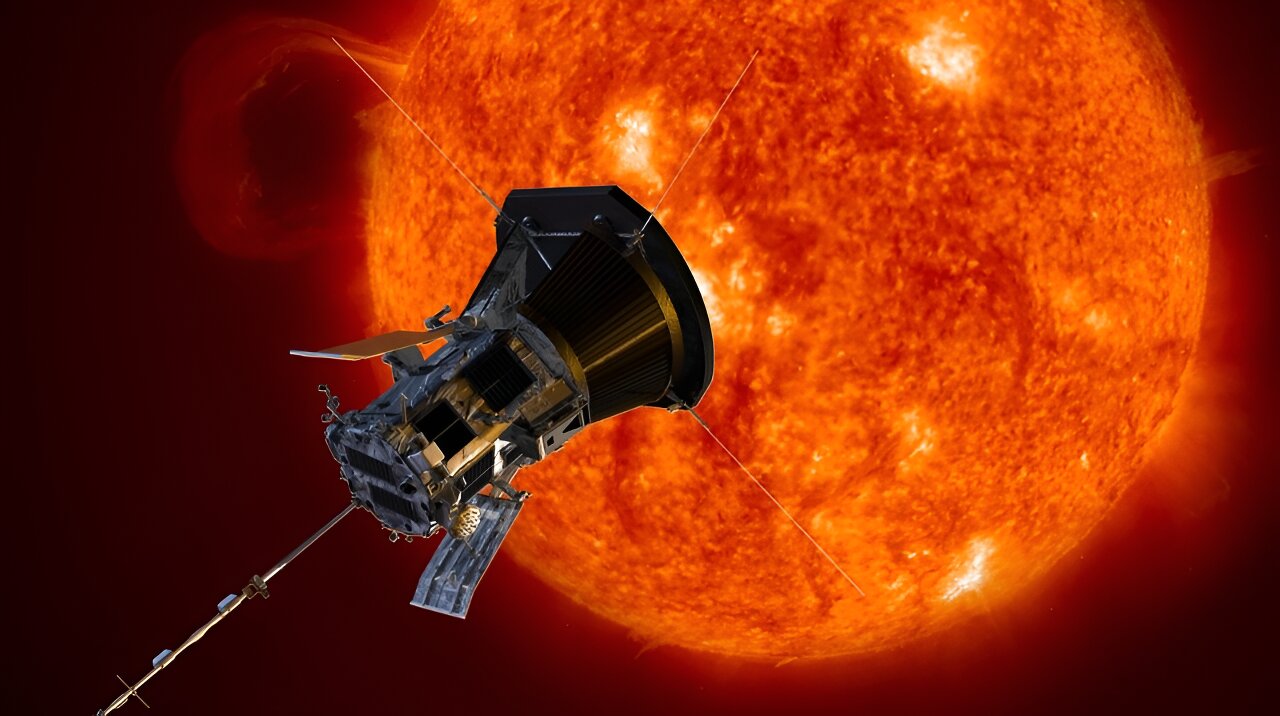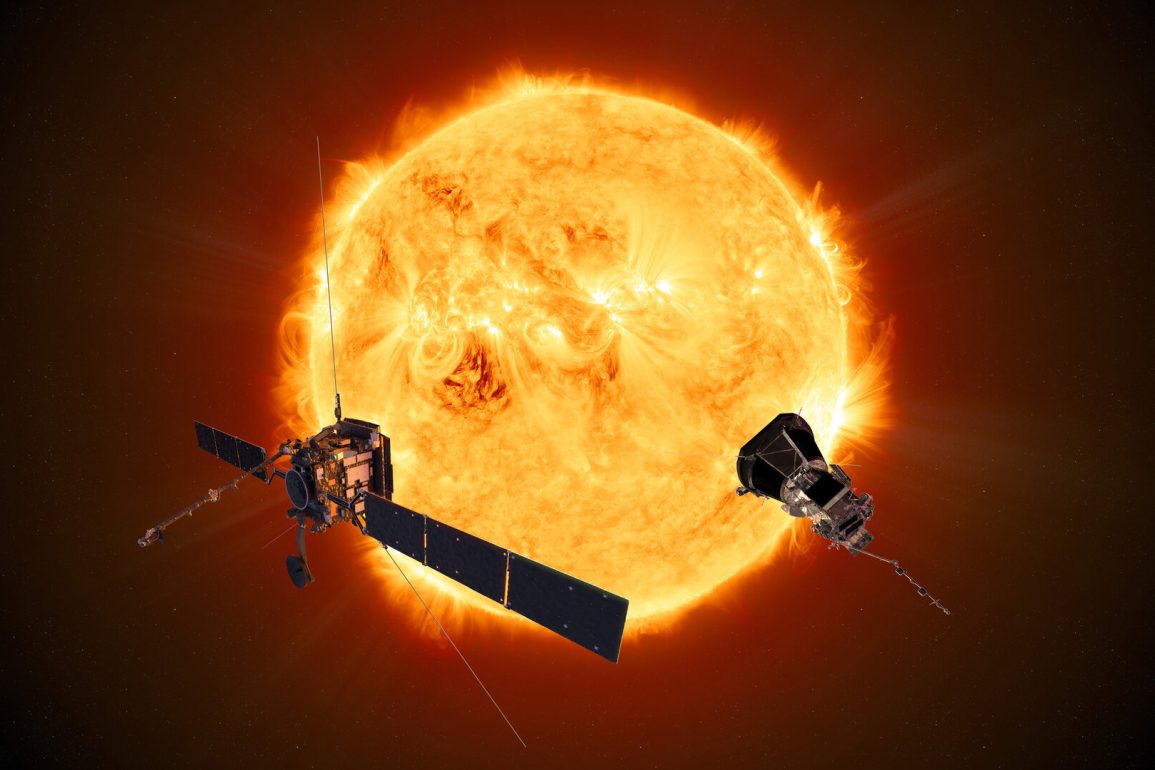Since the 1960s, scientists have sought to understand how the Sun’s solar wind, a stream of energetic particles flowing out into the solar system, gains energy once it leaves the Sun. Recent observations from NASA and European Space Agency (ESA) spacecraft have provided critical insights into this process. These observations are crucial for improving forecasts of solar activity, which can impact space weather and terrestrial technology.
A groundbreaking study published in Science on August 30, 2024, offers compelling evidence that the fastest solar winds are energized by magnetic “switchbacks,” which are large kinks in the Sun’s magnetic field. Yeimy Rivera, co-leader of the study from the Smithsonian Astrophysical Observatory, highlights that understanding this energy transfer mechanism not only clarifies solar wind behavior but also has broader implications for stellar phenomena across the galaxy, potentially affecting exoplanet habitability.

NASA’s Parker Solar Probe, which entered the Sun’s magnetic atmosphere in 2021, had previously identified these switchbacks as common in the solar wind but lacked concrete evidence of their impact on energy deposition. The Solar Orbiter mission, launched by ESA and NASA, measures solar wind further from the Sun. The alignment of Parker and Solar Orbiter in February 2022 enabled a simultaneous study of the same solar wind stream, revealing how switchbacks influence solar wind energy.
The coordinated observations from these missions led to a significant breakthrough. Parker Solar Probe detected slower plasma with prominent switchback waves near the Sun, while Solar Orbiter captured faster solar wind streams with minimal wave activity but significant heat, confirming that the switchbacks contributed to the acceleration and heating of the solar wind.
This discovery resolves a longstanding question about the role of Alfvén waves in solar wind energy dynamics. By demonstrating that switchbacks are a key mechanism for the heating and acceleration of solar wind, the research advances our understanding of solar and stellar physics. It also provides valuable information for predicting space weather and understanding other stars and their effects on surrounding planetary systems.

